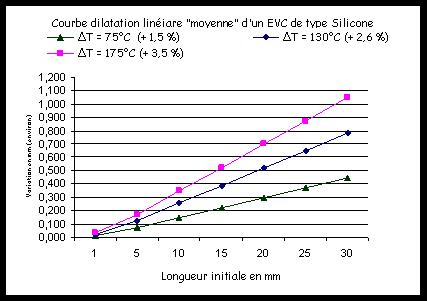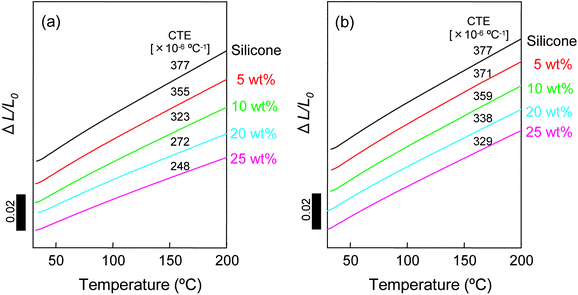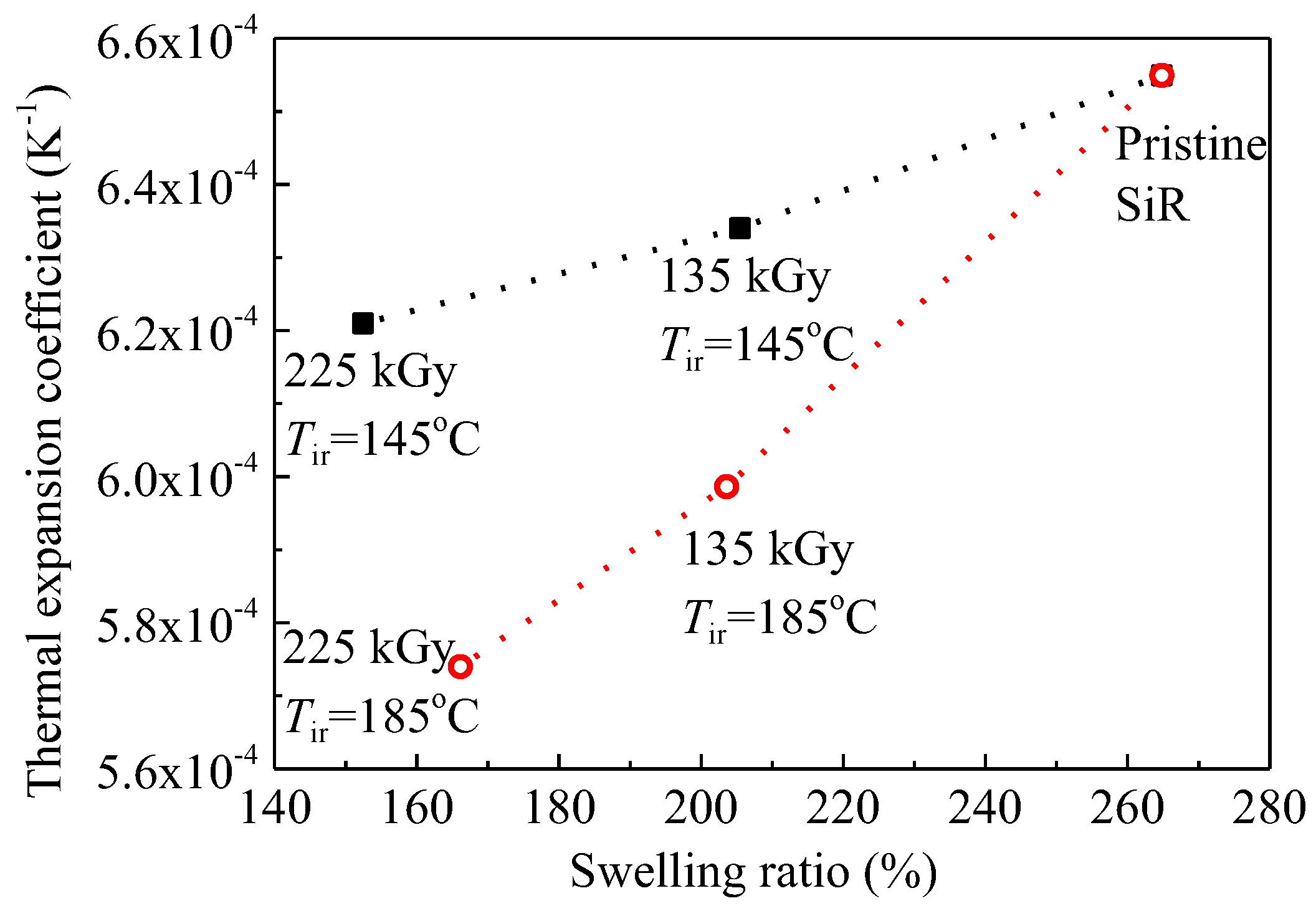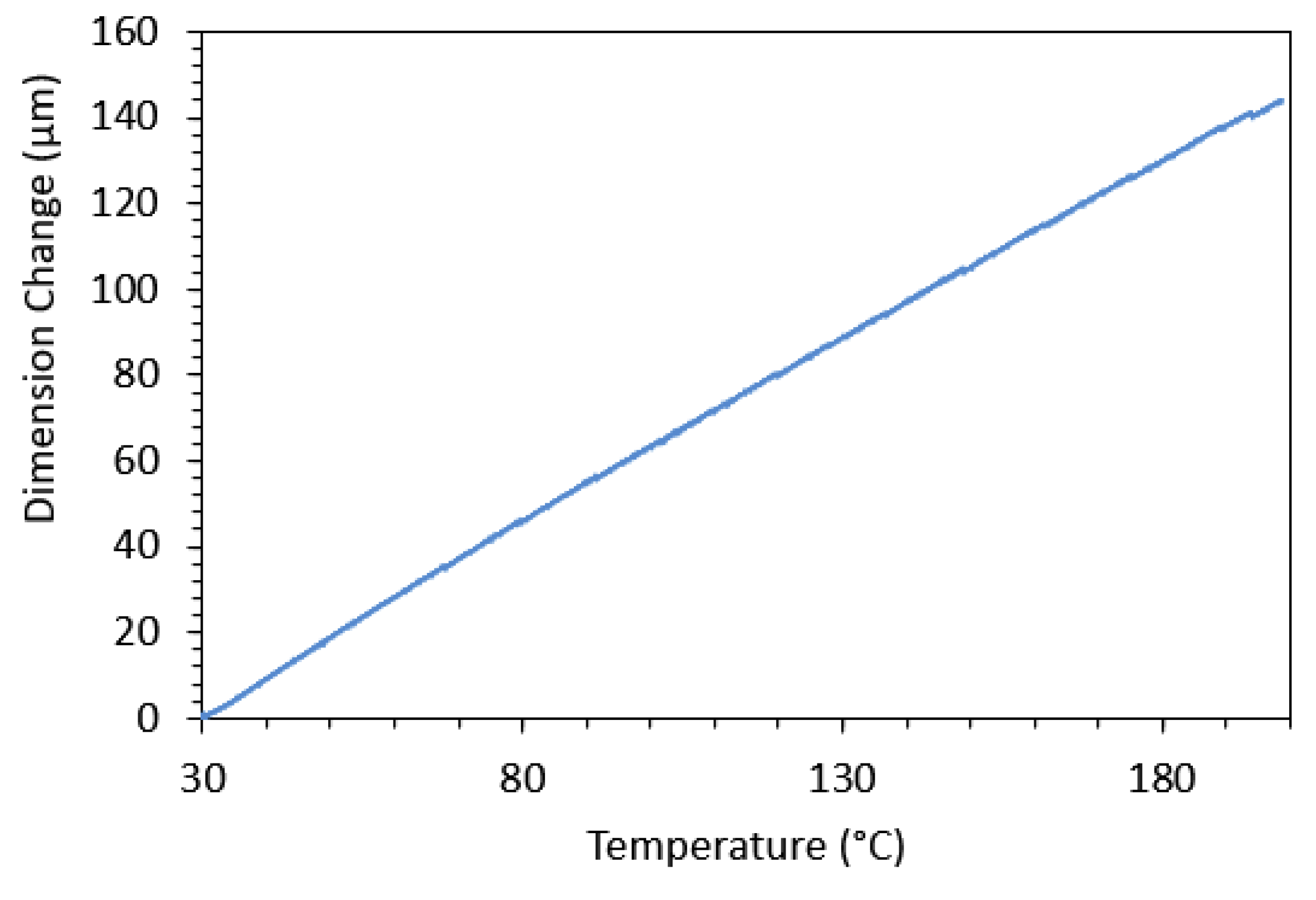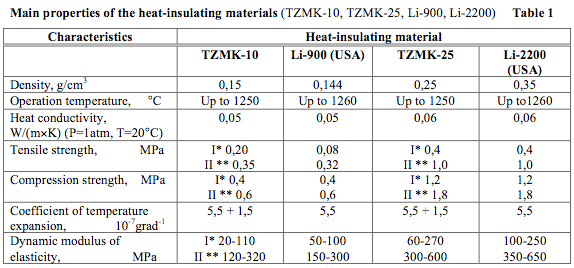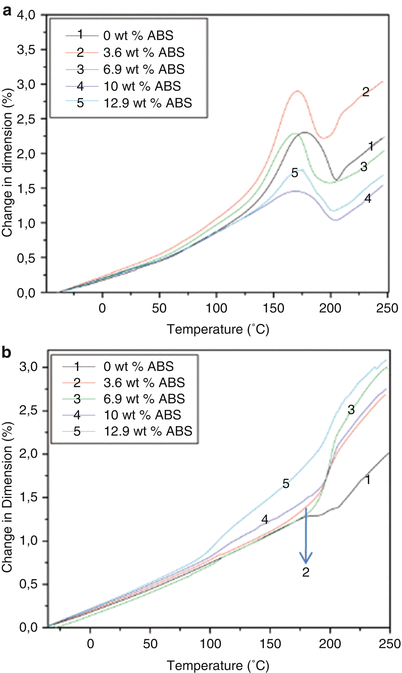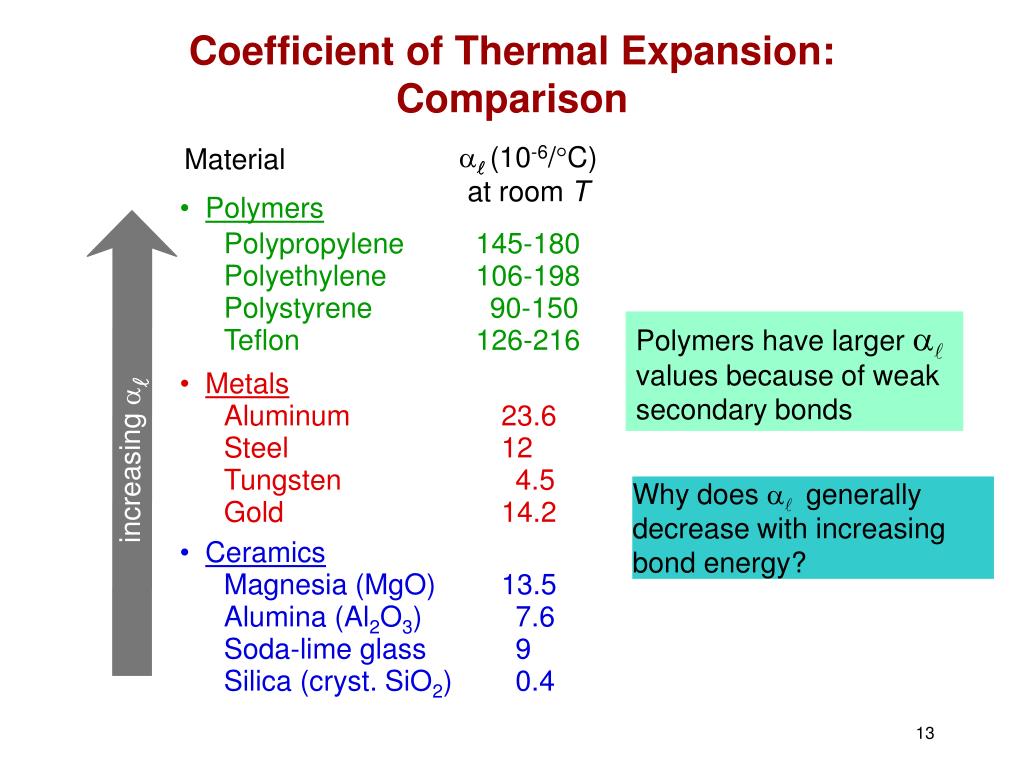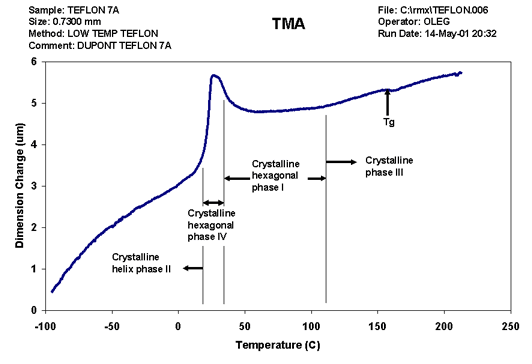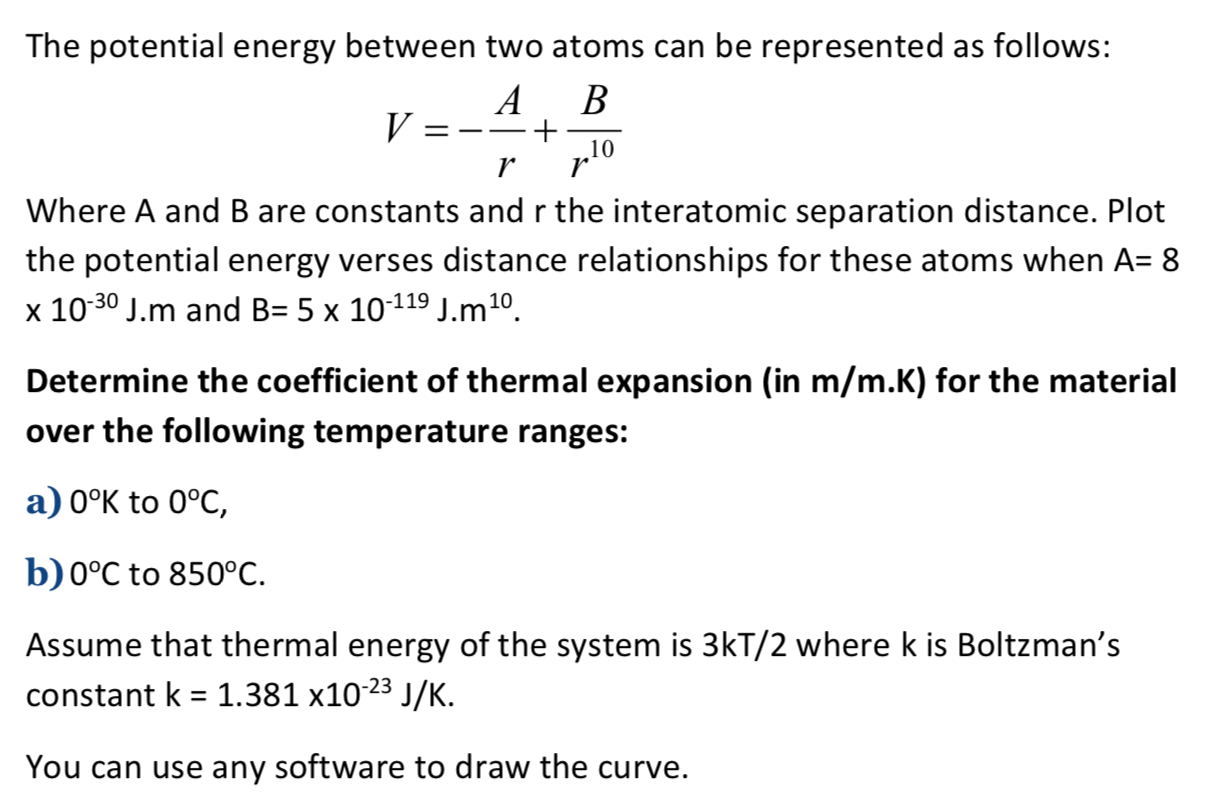Silicone Rubber Thermal Expansion Coefficient
2 2 4 silicone rubber sir silicone rubber sir is an elastomer composed of silicone containing silicon carbon hydrogen and oxygen in the form of a polymer.
Silicone rubber thermal expansion coefficient. This expansion is an advantage for sealing applications. Coefficient of thermal expansion silicone has a high thermal expansion coefficient and can be used as a temperature activation method or sensor in the design. For example silicone may expand linearly 5 9e 4 to 7 9e 4 in in c compared to aluminum at 23 0e 6 in in c or steel at 10 8e 6 in in c. Our dialometry testing services use netzsch dil 402 pc or similar instrument.
Find linear thermal expansion coefficient α and volumetric coefficient for thermal expansion β at 20 c for rubber or for different material like brass copper concrete lead silver water and more. If the seal is completely confined and the gland is 100 filled the dominating force is the force of thermal expansion of the rubber. There have been instances where a seal has ruptured a steel gland due to expansion when heated. The overall coefficient is the linear thermal expansion in per degree.
The linear thermal expansion coefficient cte is dependent on the material from which an object is made. The cte employs reciprocal temperature units k 1 f 1 c 1 etc representing the length change per degree per unit length e g in in f or mm mm c. Untreated silicone in gel or liquid form will convert to solid after curing. Song in progress in rubber nanocomposites 2017.
There are different types depending on functional groups in the structure and curing mechanisms. The curing method can be either vulcanized or catalyzed. Mse supplies stands behind our promise for h igh quality products with competitive pricing and dependable technical support from phd scientists. Material properties material properties for gases fluids and solids densities specific heats viscosities and more.
2 chart 2 plastics and other non metals. Abs pipes pressure ratings pressure ratings of. The coefficient of thermal expansion is defined as the change in length or volume of a material for a unit change in temperature. Silicones are polymers with a si o si backbone.
These forces are generated by thermal expansion of the rubber and or swelling effect of a fluid. Generally linear thermal expansion is most applicable to solids. Main applications are flexible seals o rings etc. Thermodynamics effects of work heat and energy on systems.
The coefficient of volumetric thermal expansion for all silicone rubber products is in the range of 5 9 to 7 9 x 10 4 4 c. Silicone rubber 190 0 x 10 6 342 0 x 10 6 mech. The table at. Key properties include thermal stability chemical stability electrical insulation and low toxicity.
Thermal expansion is usually expressed in one of two ways either volumetric expansion or more commonly linear expansion expressed as a coefficient.
